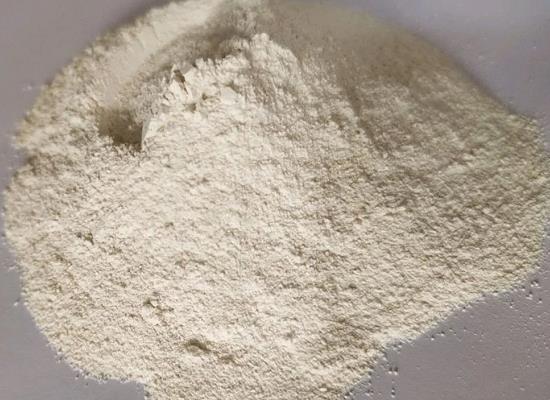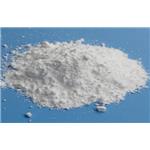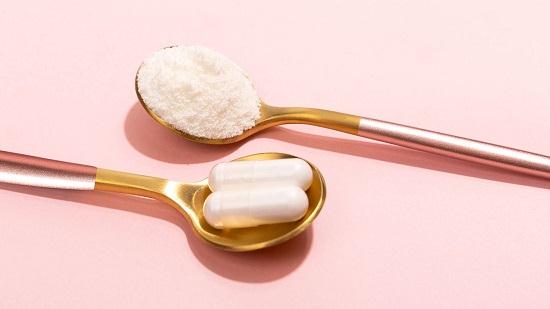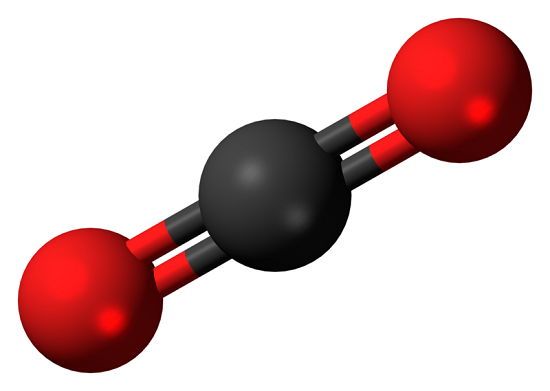Collagen: Structure, Chemical Synthesis and Biomedical applications
General Description
The structure of collagen is characterized by a triple helical conformation held together by hydrogen bonds, providing structural support in the human body. Chemical synthesis methods have been developed to mimic natural collagen fibrils, utilizing collagen-related peptides (CRPs) and specific interactions to create collagen-like structures. Synthetic collagen shows promise in biomedical applications, such as wound healing and tissue repair, by interacting effectively with biological collagen. Strategies like CRP-functionalized nanoparticles and aromatic interactions have demonstrated potential for therapeutic use. Despite some limitations in mimicking higher-order collagen structures, recent advancements suggest a bright future for synthetic collagen in diverse biomedical applications.

Figure 1. Collagen
Structure
Collagen is a crucial protein in the human body, providing structural support and strength to various tissues. The structure of collagen is complex and unique. Initially proposed by Astbury & Bell in 1940, it was later refined by Pauling & Corey in 1951. The collagen molecule consists of three polypeptide strands arranged in a triple helical conformation held together by hydrogen bonds. Each amino acid triplet within the structure forms specific hydrogen bonds, contributing to the stability of the helix. Further studies by Ramachandran & Kartha in 1954 and subsequent refinements by Rich & Crick in 1955 revealed a triple-helical structure with a single interstrand N–H(Gly)⋯O=C(Xaa) hydrogen bond per triplet and a tenfold helical symmetry with a 28.6-Å axial repeat. The use of collagen-related peptides has allowed for high-resolution insights into the collagen structure, highlighting the importance of hydrogen bonds in stabilizing the triple helix. X-ray crystallography studies have provided valuable information on the structural effects of amino acid substitutions and interactions within collagen triple helices. Variability in the helical pitch of collagen across different regions suggests a potential role in biomolecular interactions within the body. 1
Collagen via chemical synthesis
Collagen via Chemical Synthesis refers to the production of collagen-like structures through chemical methods, aiming to mimic the natural collagen fibrils found in living organisms. Early approaches involved the condensation or native chemical ligation of short collagen-related peptides, which self-assembled into highly branched fibrils. Other methods utilized the intrinsic propensity of individual CRP strands to form triple helices, resulting in long collagen triple helices. This was achieved by utilizing a cystine knot within short collagen fragments, setting the register of individual collagen strands and allowing for self-assembly of triple-helix fragments. Additionally, strategies such as π-stacking interactions between electron-rich and electron-poor rings, metal-triggered self-assembly, and the synthesis of specific CRPs with sequence-dependent properties have been developed to create collagen-like fibrils with characteristics resembling natural collagen. Despite significant progress, synthetic collagen-mimetic fibrils still lack some features of higher-order collagen structures, and the mechanical properties of these materials have not been fully studied. However, recent advancements provide optimism for the development of synthetic collagens that closely mimic the properties of natural collagen fibrils. 1
Biomedical applications
Biological and biomedical applications of synthetic collagen hold significant promise for various therapeutic purposes. Synthetic collagen-related peptides have shown potential in biomaterial applications, with some notable examples of their interactions with biological systems. For instance, peptoid-containing CRPs have demonstrated the ability to bind to epithelial cells and fibroblasts, which can be beneficial for wound healing processes. Additionally, CRPs have been utilized to induce platelet aggregation, further aiding in tissue repair. One crucial aspect in utilizing collagenous biomaterials for therapeutic use is the development of CRPs that can interact effectively with biological collagen. Researchers have explored different approaches, such as immobilizing CRPs on nanoparticles or surfaces to target specific interactions with natural collagen. Studies have shown that CRP-functionalized gold nanoparticles and triple-helical fibrils obtained via aromatic interactions can mimic the thrombogenic activity of natural collagen, showcasing their potential in biomedical applications. Moreover, CRPs have been found to bind to collagen films without the need for immobilization, suggesting their use in collagen imaging and wound-healing applications. The future prospects of these approaches are promising, indicating a growing interest in synthetic collagen for diverse biological and biomedical applications. 2
Reference
1. Shoulders MD, Raines RT. Collagen structure and stability. Annu Rev Biochem. 2009;78:929-958.
2. Mathew-Steiner SS, Roy S, Sen CK. Collagen in Wound Healing. Bioengineering (Basel). 2021;8(5):63.
Related articles And Qustion
See also
Lastest Price from Collagen manufacturers

US $3.00-9.00/KG2025-06-21
- CAS:
- 9007-34-5
- Min. Order:
- 0.1KG
- Purity:
- 99%
- Supply Ability:
- g-kg-tons, free sample is available

US $1.00/KG2025-04-21
- CAS:
- 9007-34-5
- Min. Order:
- 1KG
- Purity:
- 99%
- Supply Ability:
- 10mt



